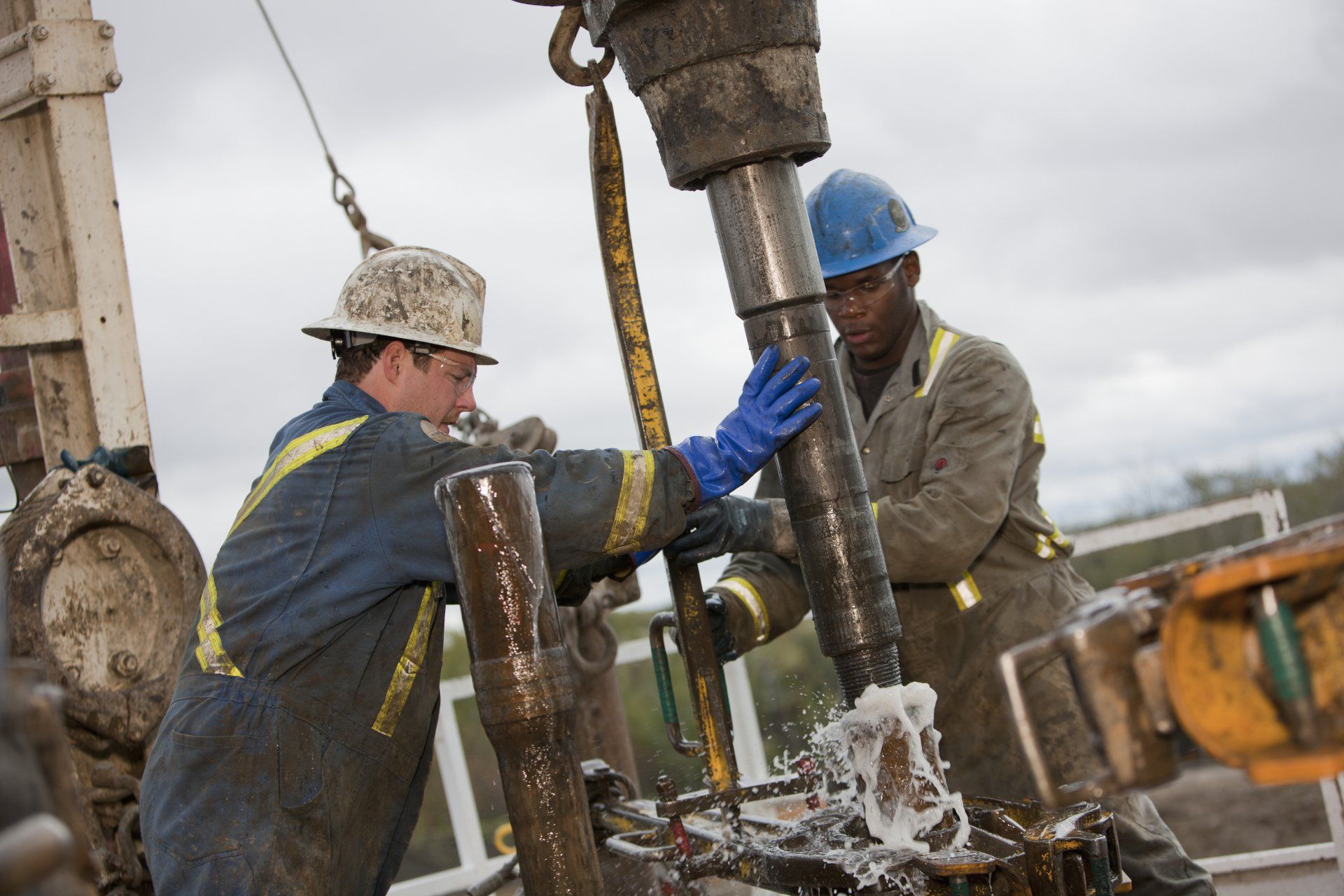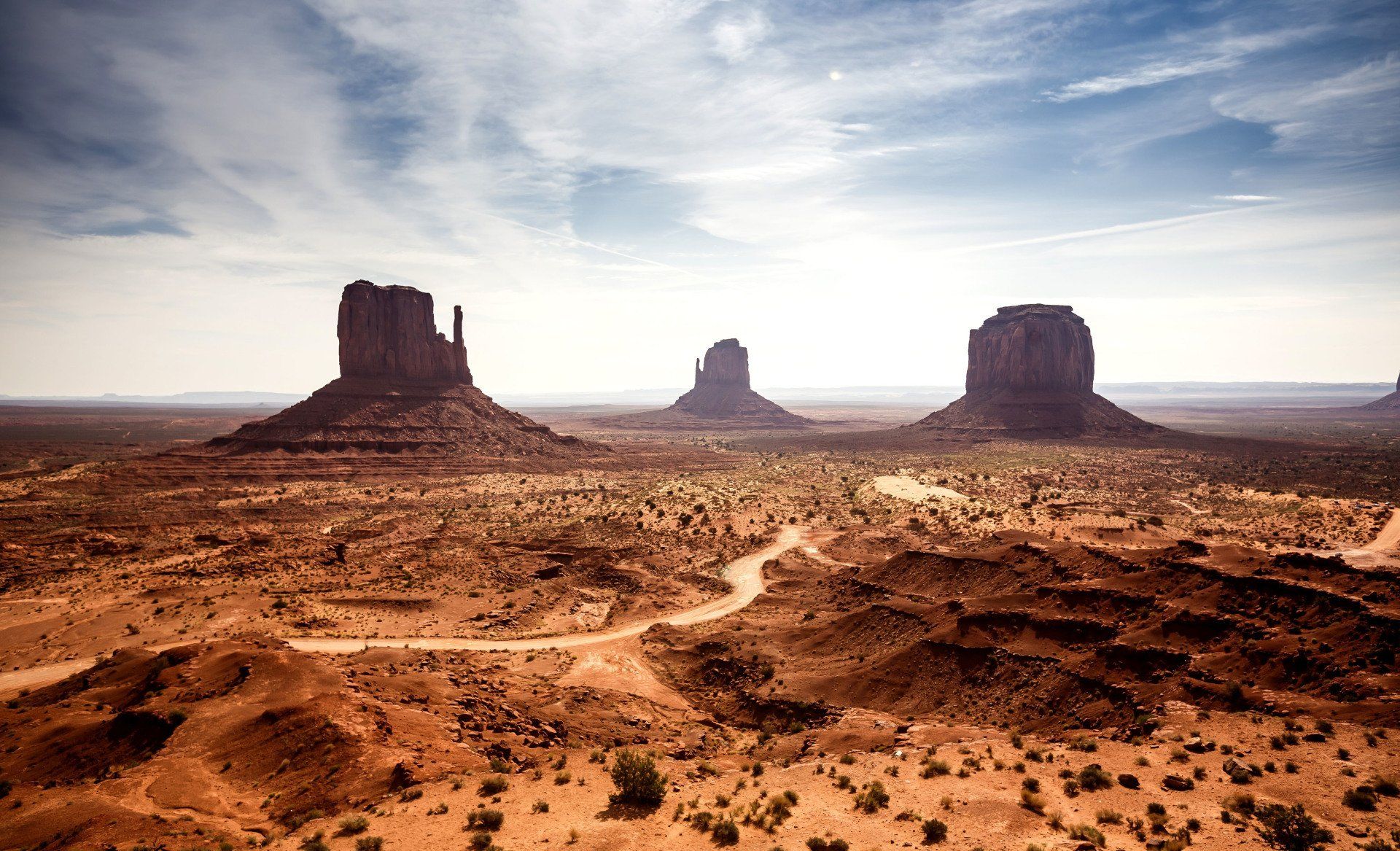Exploring Shale Plays and Petroleum Basins: Terminology Explained for Mineral Rights and Royalty Owners
Rock River Minerals | July 11, 2019
By the end of 2018, American production of oil and gas surpassed both Russia and Saudi Arabia, making the United States the world’s largest oil producer. 1
The origin of the present-day oil boom is the consequence of new technologies, which have enabled economical extraction of oil deposits from rocks once considered not viable for production in places like the Permian Basin in Texas and the Williston Basin in North Dakota. As a result, a fascination with shale as a new source of hydrocarbons (oil and natural gas) has risen to the surface of our national consciousness. Words like play, shale, and basin appear in the news media, pop up on crossword puzzles and dominate conversations at the water cooler – especially among mineral rights and royalty owners. Although these terms may sound a bit complicated, we are here to give a quick primer on all you need to know to take a seat at the table with other experts in the field.
Geological basins are the birthplace of oil and gas reserves. These large, low-lying areas are formed by the movement of plate tectonics (the earth’s crust) with a variety of environmental settings. Basins are landscapes of the past, which have been filled in with rocks and sediments accumulated over millions of years. Picture a layer cake, where the oldest rocks lie at the bottom and the youngest at the top.
What is a Petroleum Basin?
There are three main categories of rock – igneous, sedimentary and metamorphic. Over time, sediments captured in basins bond together to become large rock formations known as sedimentary rock. The most common sedimentary rock – and arguably the most important for the current Oil and Gas Industry – is shale. Shale is the generic term for rock formed over millions of years from silt and clay-sized particles (a.k.a. “mud”), that settled in the bottom of deep waters such as oceans, lakes, lagoons, bogs, and swamps. 2
The mud packs together so that it creates a matrix of low permeability, meaning it becomes difficult for fluids to move through it.
A petroleum basin includes a diverse collection of rocks and sediments, but most importantly it contains source rocks. Source rocks are specific shale formations in a basin and are where oil and gas are born. Deposits that once contained rich organic materials – everything from plants, animals, microbes, algae and tiny organisms such as zooplankton and phytoplankton – once flourished in the oceans before settling at the bottom of the ancient seafloor. 3
The organic materials escape decomposition from oxygen by being buried by other sediments, thus being preserved as kerogen within source rocks. Given millions of years and increased temperatures, kerogen converts to oil or gas through a process known as thermal cracking. Thermal cracking is the technical term for the breaking down of larger and more complex kerogen molecules into smaller components (i.e., oil and gas) due to increased temperatures. 4
Maximum temperature and the duration of heating will determine the amounts of oil versus gas generated.
The oil window exists in the proper temperature range where there is enough heat for oil to form. If heat increases, the source rock becomes more mature. As maturity increases still, natural gas begins to form. So, oil generates at lower temperatures and gas at higher temperatures; thus, cooler basins yield more oil, and hotter basins yield more gas. Oil and gas companies always look for the perfect area with the right mix of oil versus natural gas, depending on the price of both commodities.
The shale’s permeability gives it a critical role in the Oil and Gas industry. Hydrocarbons are generated deep within the earth but tend to move upwards towards the surface due to their lack of weight. If the hydrocarbons near the surface, they interact with bacteria and oxygen, and they degrade into water and carbon dioxide. 5
The layers of shale serve as the impermeable barrier for these hydrocarbons, providing a tight seal to keep them in place in the earth to be accessed by oil and gas drillers. 6
However, instead of acting only as a cap or barrier, certain shale formations are the source of hydrocarbons. When the shales are forming, plant and animal material mix with the silt and clay as they settle to the bottom of the basin, which results in an organic-rich black shale. Within this formation, the same factors we looked at before – temperature and pressure – brew up kerogen followed by hydrocarbons. However, the shale’s low permeability traps these materials into small rock pores, which makes it difficult for any liquid to leave the formation – even when we want them to. The petroleum trapped within the shale is known as shale oil or tight oil and is difficult to extract 7
What is a Shale “Play”?
Due to the shale’s low permeability, shale formations were not historically targeted to produce oil and natural gas. However, this has been changing over the past few decades. New and improved extraction techniques such as horizontal drilling and frac’ing have been vital in helping the industry “unlock” these hydrocarbons.
Listed below are some of the larger shale plays in the continental U.S.
- Wolfcamp, Spraberry, Bone Spring: West Texas and Southeast New Mexico
- Eagle Ford: South Texas
- Marcellus: Pennsylvania, West Virginia
- Niobrara: Colorado and Wyoming
- Barnett: North Texas
- Haynesville: Louisiana and Texas
- Bakken: Montana and North Dakota
- Anadarko-Woodford: West-Central Oklahoma
Energy production in the United States is an exciting field, and we hope the information we provided will serve as a platform to get more involved in how oil and gas production and exploration affects you and your mineral rights and royalties.
Have questions about your mineral and royalty rights? Contact us.
1 U.S. Energy Information Administration. (2018, September 12). The United States in now the largest crude oil producer. Retrieved from https://www.eia.gov/todayinenergy/detail.php?id=37053
2 Shale. (n.d.). Minerals database. Retrieved from https://mineralseducationcoalition.org/minerals-database/shale/
3 Wolchover, N. (2011, March 2). How does oil form? Retrieved from https://www.livescience.com/33087-how-oil-form-petroleum.html
4 Wolchover, N. (2011, March 2). How does oil form? Retrieved from https://www.livescience.com/33087-how-oil-form-petroleum.html
5 How Oil and Gas Migrate. (2015, January 7). Planete Energies. Retrieved from https://www.planete-energies.com/en/medias/close/how-oil-and-gas-migrate
6 Dimri, V.P., Srivastava, R.P., and Vedanti, N. (2012). Chapter 5 – Reservoir Geophysics: Some Basic Concepts. Handbook of Geophysical Exploration: Seismic Exploration, 41, 89-118. Retrieved from https://www.sciencedirect.com/topics/earth-and-planetary-sciences/hydrocarbon-reservoir
7 Canadian Society for Unconventional Resources. (n.d.). Understanding Tight Oil. Retrieved from http://www.mpgpetroleum.com/home/docs/Understanding_TightOil_FINAL.pdf
The content of this website is provided solely for general informational purposes, and not as legal or other professional advice.
The information on this website is not a substitute for, and does not replace the advice or representation of, a licensed attorney, certified public accountant or other professional. Although Rock River Minerals goes to great lengths to make sure the information on the website is accurate and up-to-date, we make no claim as to the accuracy of this information and are not responsible for any consequences that may result from reliance on the information contained in this website.
We recommend that you consult with a licensed attorney for assurance that the information on the website and your interpretation of it are appropriate for your particular situation. You should not rely on this website as a source of legal advice.

The Permian Basin in West Texas and New Mexico has rapidly become the largest source of new oil reserves in the United States. Drilling activity in the region is dominated by hydraulic fracturing, or frac’ing, which enables operators to access previously unreachable hydrocarbon resources located in tight shale rock formations. The tremendous upsurge in oil and gas drilling in the Permian has created challenges for operators in the region due to the difficulties they can face acquiring sufficient supplies of water for drilling and in managing the “produced water” generated by the drilling process. Frac’ing involves injecting large amounts of water, along with proppants such as sand and some chemical additives, into shale rock formations, opening up fractures to release the trapped oil and gas found there. A single frac’d well, on average, can use from 500,000 to 700,000 barrels of water – equal to more than 21 million gallons. As production continues to expand in the Basin, operators tend to use larger drilling pads to serve multiple wells, as well as extend lateral lengths to improve well yields. These tactics increase the demand for supplying, transferring, storing, and maintaining water at the location of each pad.

Hydraulic fracturing, commonly called frac’ing, is a completion technique in oil and gas operations that uses a high-pressure mixture of water, sand and chemical additives to unlock hydrocarbon resources such as oil and gas. The frac’ing process is mainly used in shale formations, where tight underground rock structures make traditional methods of producing oil and gas uneconomic. Frac’ing can be defined as a well stimulation process designed to maximize underground resource extraction. The process typically includes drilling a particular formation, casing the formation, completion or stimulating the well using water from the surface, producing the well, and disposing of waste from its operation. It is commonly used in conjunction with horizontal drilling to reach energy deposits that could not be accessed via traditional vertical drilling methods.
